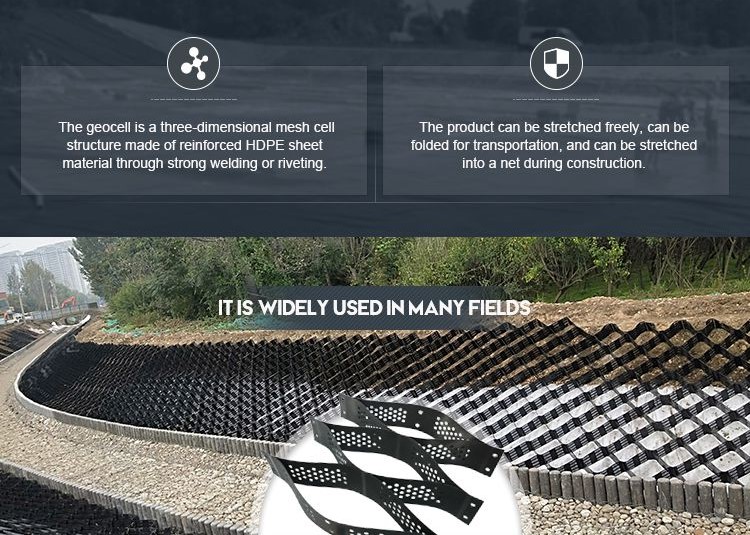Biaxial integral geogrid products are a type of geogrid made from a synthetic material, such as polyester or polypropylene, that is designed to provide reinforcement and stability to soil and other materials. These products are called “biaxial” because they have two sets of reinforcing fibers that run perpendicular to each other, providing strength in both the x-axis and y-axis directions. Integral geogrids are made using a process called “welding,” in which the fibers are fused together to form a single, cohesive unit. This process results in a geogrid that is strong, durable, and resistant to tearing and unraveling. Biaxial integral geogrid products are used in a variety of civil engineering and construction applications, including slope stabilization, retaining wall construction, and road and railway construction. They are particularly useful in areas where high tensile strength is required, as they are able to withstand large loads and resist deformation.

biaxial geogrid specifications
Biaxial geogrid is a type of geosynthetic material that is used in a variety of civil engineering and construction applications to provide reinforcement and stability to soil and other materials. The specific specifications of a biaxial geogrid will depend on the specific product, but generally, these products are made from a synthetic material, such as polyester or polypropylene, and have two sets of reinforcing fibers that run perpendicular to each other, providing strength in both the x-axis and y-axis directions.

Some common specifications for biaxial geogrid include:
- Tensile strength: The amount of force that the geogrid can withstand before breaking. This is typically measured in units of force per unit width (e.g. kN/m).
- Elongation: The amount that the geogrid can stretch before breaking. This is typically measured as a percentage of the original length.
- Modulus of elasticity: The amount that the geogrid will deform under a given load. This is typically measured in units of force per unit length (e.g. kN/m).
- Size and shape: The size and shape of the geogrid can vary depending on the specific product. Some common sizes include 4×4 inches, 6×6 inches, and 8×8 inches.
- Compatibility with soil and other materials: Different biaxial geogrids may be compatible with different types of soil and other materials. It is important to choose a geogrid that is suitable for the specific application.
It is important to consult the product specifications provided by the manufacturer when choosing a biaxial geogrid to ensure that it meets the specific requirements of your application.
